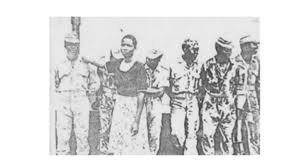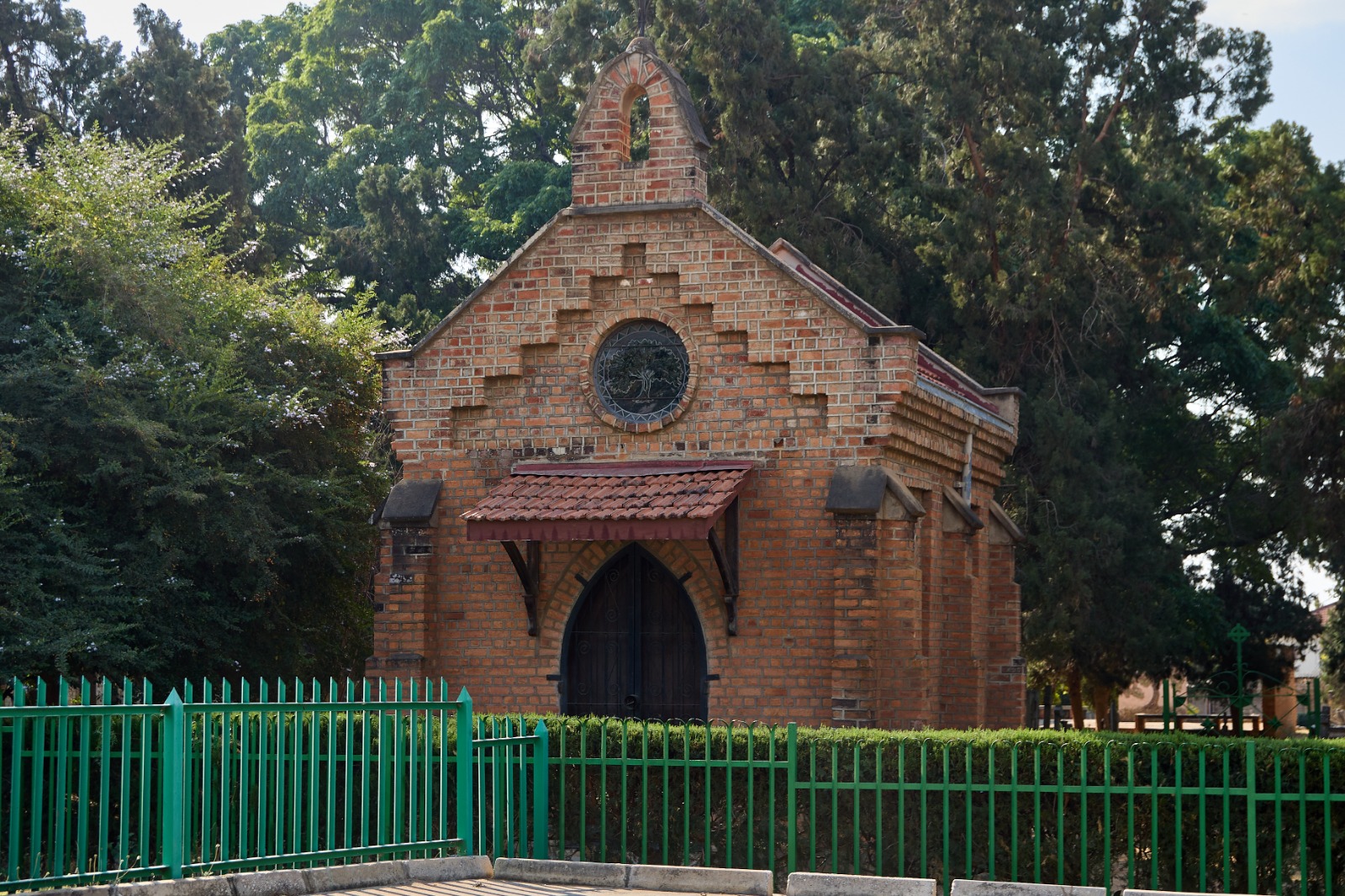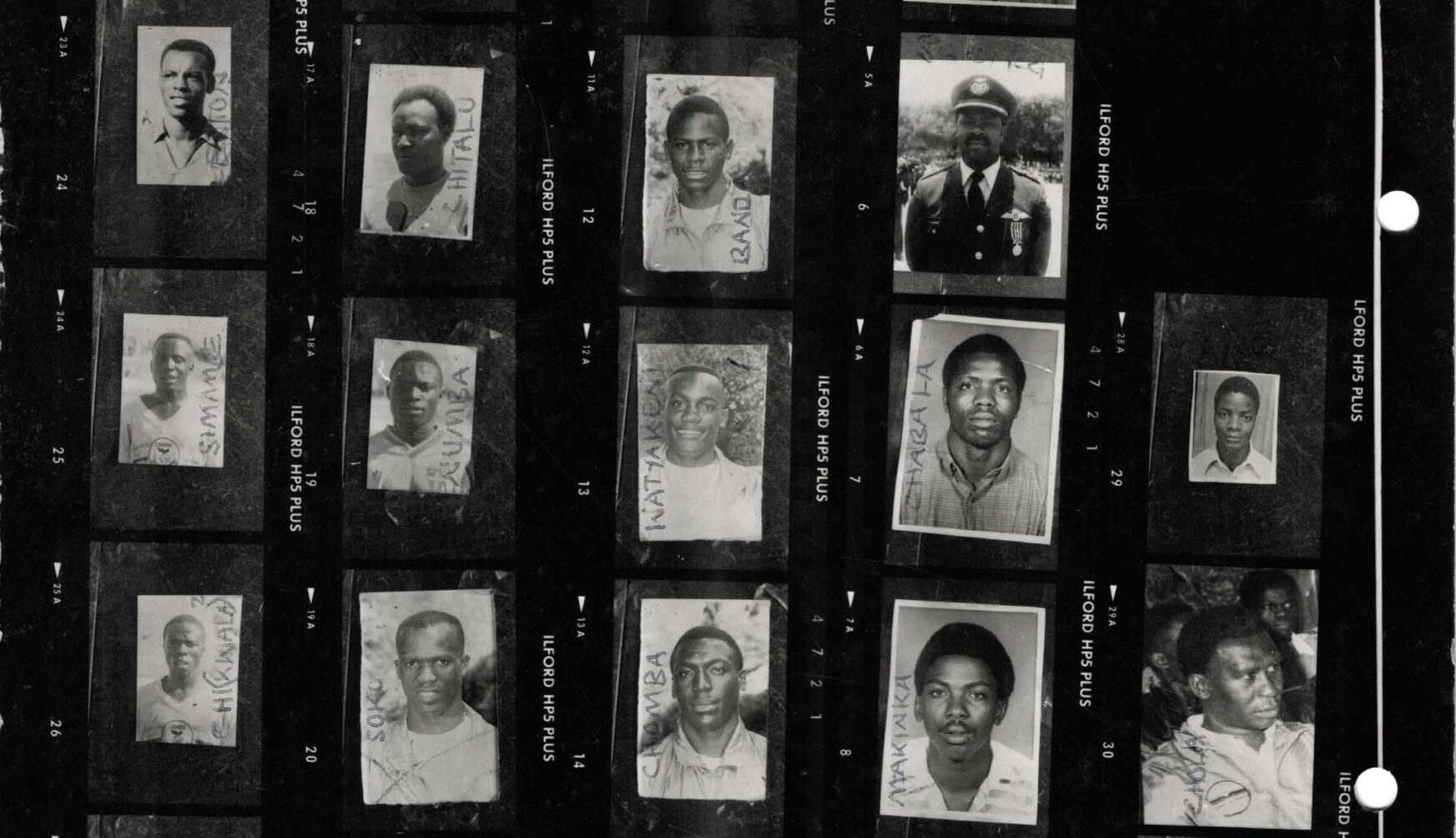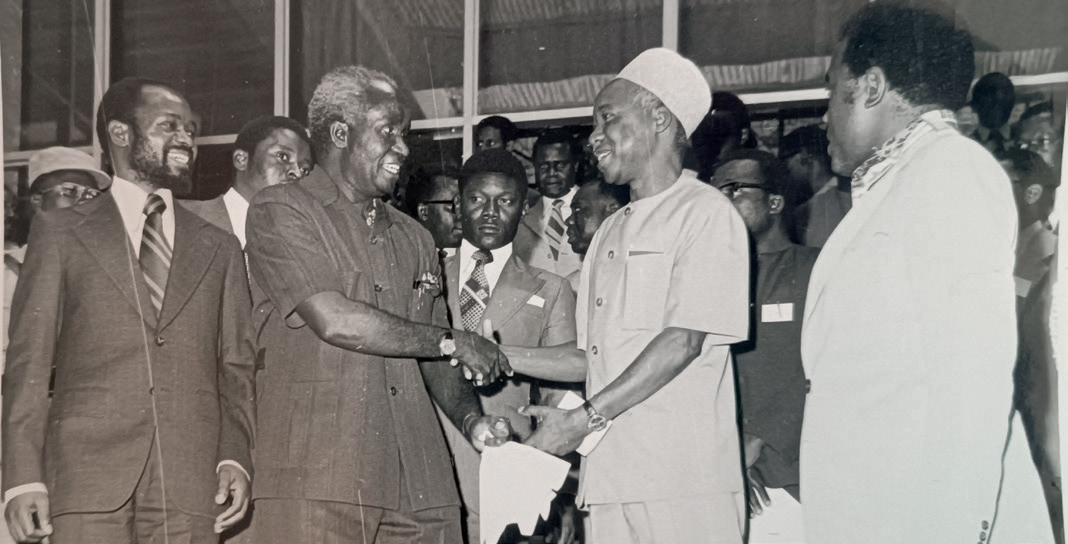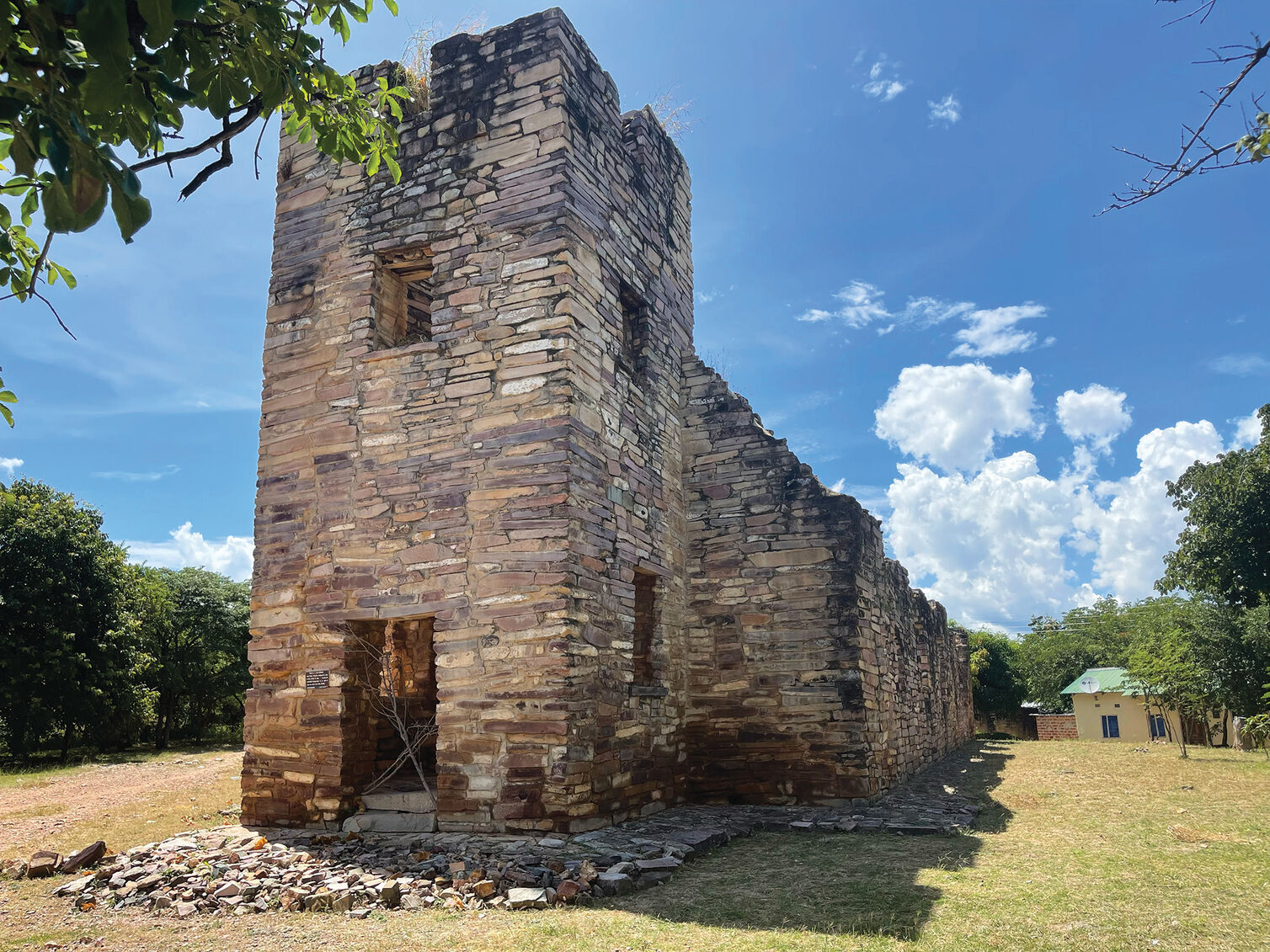In the early 1980s, Zambia was gripped by fear as news of a serial killer, later dubbed the Lusaka Strangler, spread throughout the nation. This period marked one of the darkest chapters in Zambia's history, with a series of brutal murders that left the capital city, Lusaka, in a state of terror. The Lusaka Strangler killed at least 28 women and a 10-year-old girl, leaving a trail of misery and fear in his wake.

The Beginning of the Terror
The Lusaka Strangler's reign of terror began in January 1980, targeting young women in and around Lusaka. His modus operandi was consistent and calculated: he would lure his victims, often under the guise of offering them a ride, before brutally attacking and strangling them. He often lurked around public places like bus and railway stations in search of victims. The killer's ability to evade capture for an extended period added to the public's fear and frustration.
The Murders and Public Panic
The victims' bodies were typically found in secluded areas, with strangulation and other forms of physical assault. The frequency of the murders increased, with the media reporting each new incident, further heightening the public's anxiety.
The police were under immense pressure to solve the case, but the lack of advanced forensic technology at the time made it challenging to gather substantial evidence. The public called on the government to engage foreign organisations such as Scotland Yard, but all investigations were handled by the Zambia Police.
The mission to capture the Lusaka Strangler was called Operation Rosemary and was led by Superintendent William Mundia. A Lusaka-wide curfew was also put in place. Through the media, women were frequently advised to avoid strangers offering them a ride. As the body count rose, so did public fear.
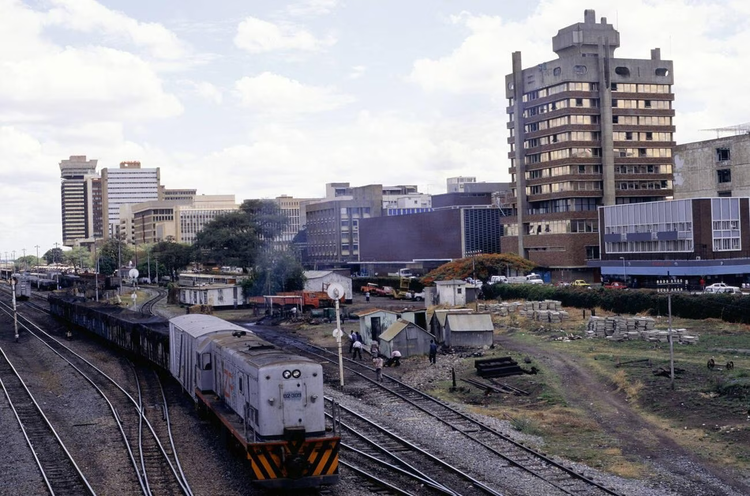

The Capture
Two of the women targeted by the Lusaka Strangler, Josephine Mukatasha and Norah Soko, managed to escape and helped the police catch and identify the Lusaka Strangler. On 16 September 1980, Mukatasha returned to Kamwala Bus Station, where the Lusaka Strangler first approached her, backed by several plain-clothed police officers. The Lusaka Strangler fell for the trap and approached Mukatasha. Ironically, he was still wearing Mukatasha’s watch, which he had stolen from her the day he attacked her.
The man was identified as Milton Sipalo, and he was arrested and charged with murder. His military background had helped him evade detection for so long, as he used skills acquired through his training to cover his tracks. Furthermore, by donning a military uniform, he was more likely to gain the trust of his victims. Another survivor, Nora Soko, confirmed that Sipalo also attacked her, identifying him in a line-up after Josephine Mukatasha helped the police catch him.

There were reports that Sipalo may have had an accomplice, but this was never confirmed, and no suspects were identified. Sipalo tried to implicate another soldier, but there was no evidence that they were working together.
Sipalo's killing streak was forever etched in the public's memories and Zambia's criminal history, not only because of the sheer brutality of the crimes but also due to the extensive media coverage and public outcry that accompanied it.
Just a few days after his capture, Sipalo escaped the officers guarding him while being transferred to an interrogation room and made his way to the roof of Lusaka Central Police Station (Zambia Police's headquarters), where he was being held. As officers delicately approached him, he jumped from the roof, choosing death over facing the consequences of his crimes.
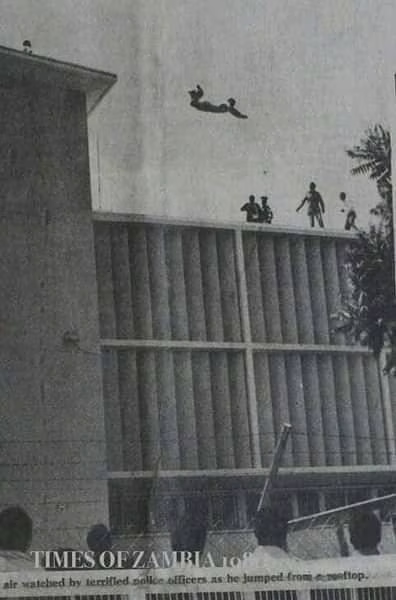
Aftermath and Legacy
The Lusaka Strangler case profoundly impacted the city and the country as a whole. It led to increased awareness about personal safety and the need for more robust law enforcement mechanisms.
In the years following the case, Zambia saw improvements in its criminal justice system, including better training for law enforcement officers and the introduction of more advanced forensic methods. The Lusaka Strangler's reign of terror highlighted the system's vulnerabilities and underscored the importance of having effective measures in place to protect citizens.
The story of the Lusaka Strangler remains one of Zambia's most chilling criminal cases. Sipalo was Zambia's most prolific murderer. The case was not only grim because of the number of victims but also because he killed so many in just a matter of months. Sipalo's capture brought a sense of relief to Lusaka's residents. However, with his suicide, many questions remained unanswered, and there was no true justice or retribution for the pain he caused.
